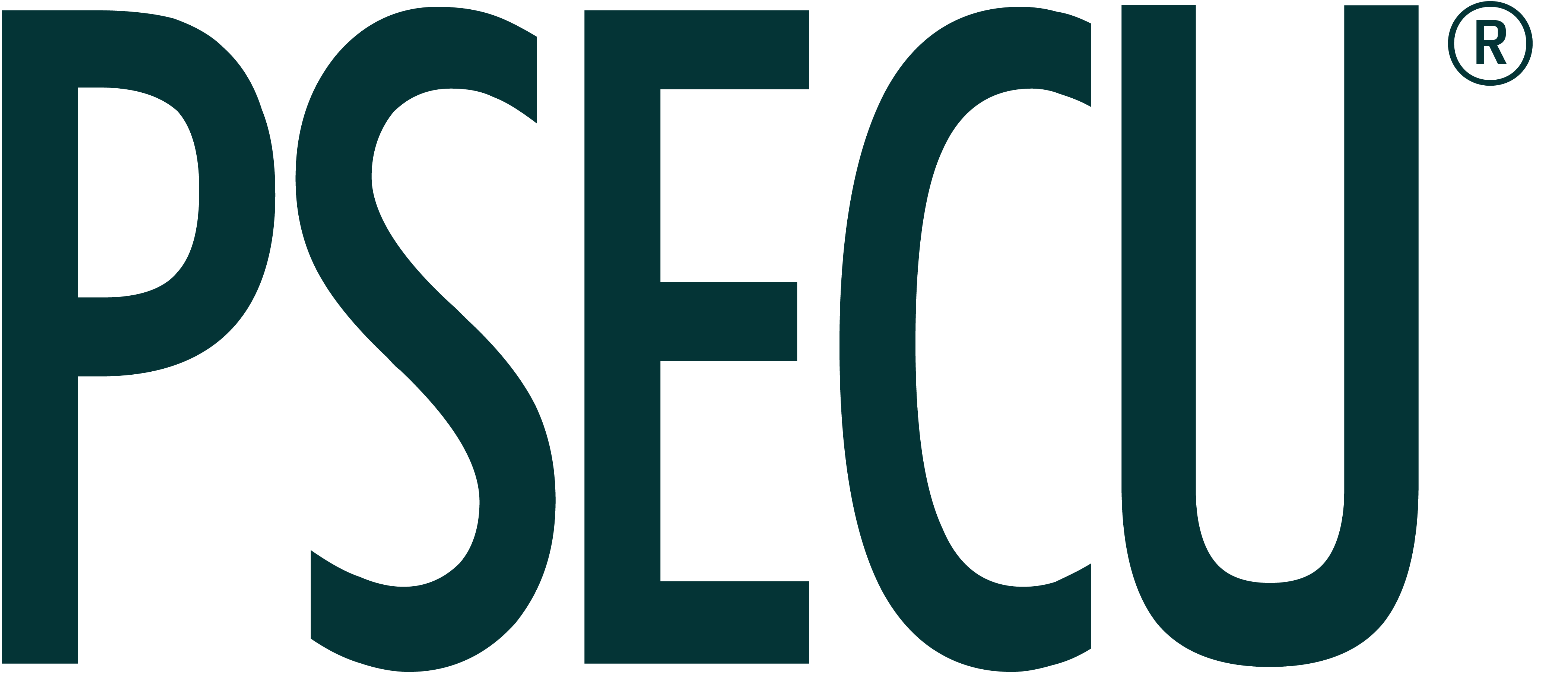When preparing for your child’s first year of college, it’s easy to focus on the big expenses like tuition, room and board, and books. But there’s a long list of smaller – often forgotten – costs that can quickly add up. These expenses can catch students off guard if they’re not part of the initial budget.
Here’s what to keep in mind:
-
Laundry
Most dorms have pay-per-use laundry machines. Depending on how often your child does laundry, this can turn into a weekly cost. Detergent, fabric softener, and dryer sheets are additional items that may not make the packing list but are still necessary.
-
Visits Home
Breaks, holidays, or family emergencies may require a flight or long drive. If your student is going out of state, travel costs can get expensive – especially if booked at the last minute. If you know ahead of time, booking early on can help make the trip more affordable.
-
Dorm Room Items
The little things that’ll turn a dorm room into a home away from home don’t come for free. Students need things like desk lamps, fans, storage bins, and comfy bedding. It’s also important to consider whether they will have a roommate. This can make a difference to deciding how the room is set up and what will need to be purchased for the dorm.
-
Extracurricular Activities
Joining clubs, sports, or Greek life often comes with fees. Once a member, there then may be additional expenses like gear, uniforms, or travel costs for competitions. Even athletic clubs and honor societies may charge membership fees. If your student is involved in multiple activities, these small costs can snowball and become a noticeable part of the budget.
-
Entertainment
While many campus events are free, others like concerts, theater performances, or sporting events may charge admission. Students will likely want to hang out with friends off-campus too, whether it’s grabbing dinner, going to a movie, or heading to a nearby coffee shop to study.
-
Additional Class and Testing Fees
Depending on the college your student is going to, some courses may have lab fees or require additional supplies not covered by tuition. They may even require a placement exam or the opportunity to take a certification alongside the class to obtain both the credit for the class and a certification in that topic of study.
The Bottom Line on Budgeting for College
College is a BIG financial commitment. It can come with more expenses than families may expect, and those hidden costs can add up fast. One of the ways you can manage these new expenses in a budget-friendly way with a Home Equity Line of Credit (HELOC).
A great fit for educational expenses, a HELOC leverages your home’s equity to help you provide for your student as they embark on this next phase of their education. We offer great rates and personalized service, all designed to help you meet your goals.
The content provided in this publication is for informational purposes only. Nothing stated is to be construed as financial or legal advice. Some products not offered by PSECU. PSECU does not endorse any third parties, including, but not limited to, referenced individuals, companies, organizations, products, blogs, or websites. PSECU does not warrant any advice provided by third parties. PSECU does not guarantee the accuracy or completeness of the information provided by third parties. PSECU recommends that you seek the advice of a qualified financial, tax, legal, or other professional if you have questions.
